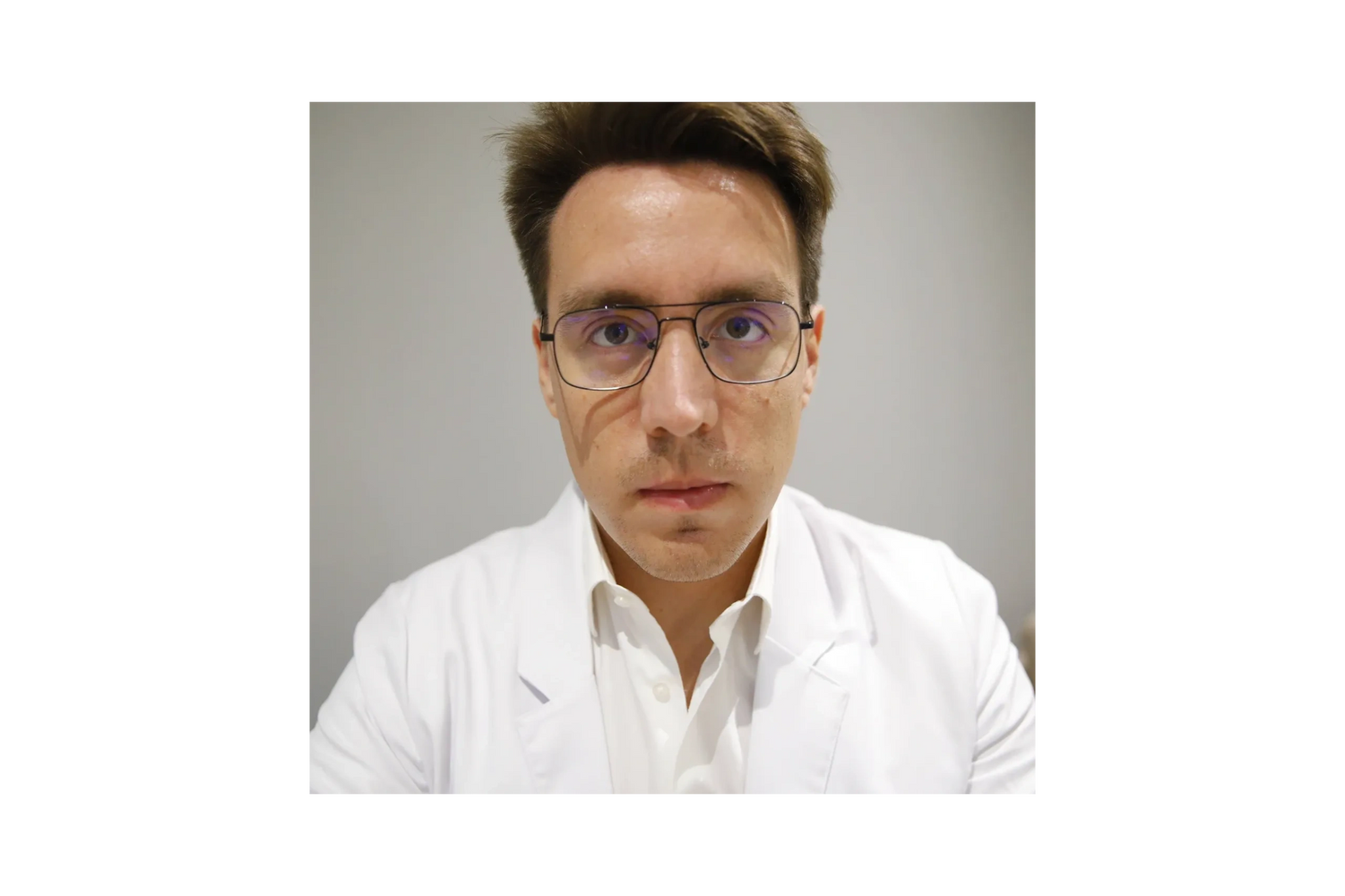
Ivan Marcos Raglewski Psychotherapy
Psychologist specialized in Animal Assisted Interventions

Psychologist specialized in Animal Assisted Interventions
Person Centered Therapy is based on the concept that people are, in their essence, healthy and good-natured. Emotional well-being is seen as the natural progression for human beings.
When we are young we are programmed to unhappiness, Society taught us that happiness is contingent on factors such as money, success, an attractive partner, a good job, etc. That's what we called an attachment which is at the root of all human sorrow.
Every time we are unhappy, we have added something to reality. It is that addition that makes us unhappy, such as an illusion, demand, expectation, or craving. No person on earth or event has the power to make us unhappy. We don't have to change anything or anyone other than ourselves.
The mature response to the problem of existence (aloneness) is love—an art we need to develop and practice to find true contentment, individually and as a society as a whole.
The ultimate goal of psychology is to learn to love and to help patients communicate and gain awareness of their own individual needs, not in terms of a conventional adjustment to society.
The communication skills between animals are very rich and complex. They help us understand the relationships between humans and societies.
Working with animals helps us achieve a listening attitude, truly interested (even curious) and empathetic, which could decrease the gap between family members or people in touch with our suffering patient.
Animals act as a nexus in the externalization of emotions. Patients can consider them friendlier than humans, and physical contact, which is inhibited in the relationship with the therapist, is allowed.
The presence of animals already generates a change in attitude in the professional and in the community. It facilitates the diminution of defenses and affective contact. This is even more intense in patients.
The visual and tactile contact in itself is therapeutic. What follows is the particular interaction of each patient with each animal, which often implies the possibility of modifying abnormal behavior. Besides that, we add the psychological interpretation of the behaviors and the discourse that emerges from this interaction, including psychodynamic tools.
Anthony De Mello